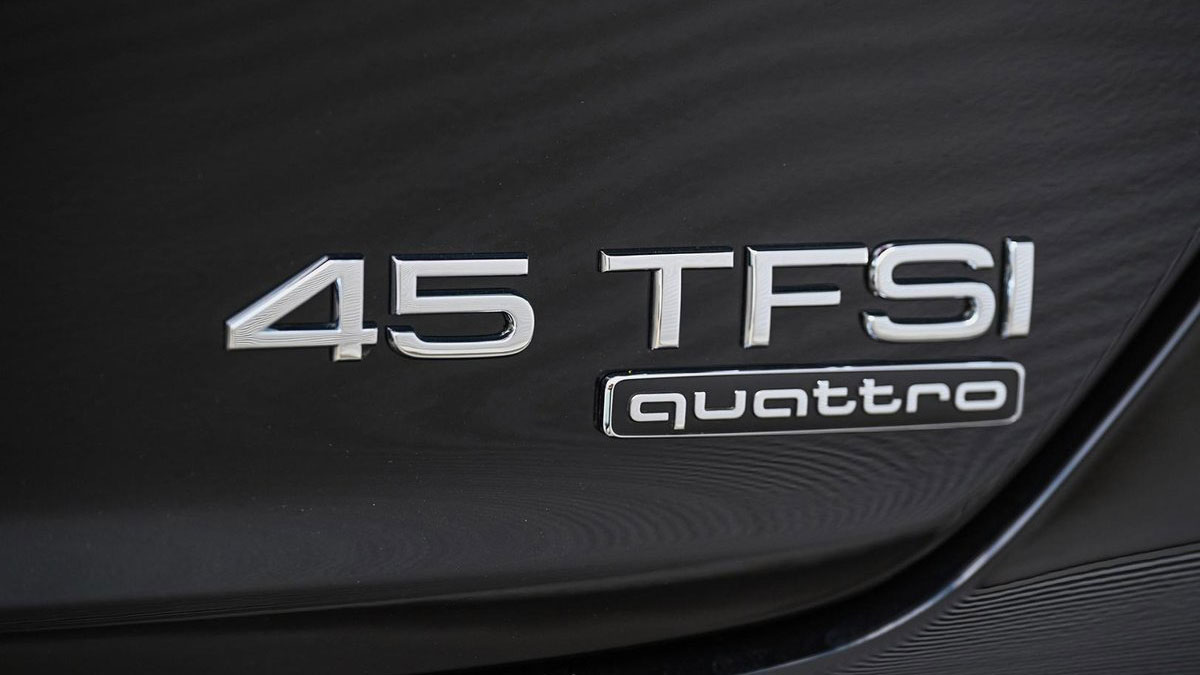Audi is set to abandon its current powertrain naming strategy, ending a system that uses numbers vaguely associated with powertrain's output, according to a recent report.
The outgoing system, introduced in 2017, adds a two-digit number between the core nameplate and the engine type. For example, buyers of a 2024 Q5 can choose from three versions: 40 TFSI, 45 TFSI, and 55 TFSI e. The first denotes a 204-horsepower variant, the second corresponds to a 265-horsepower engine, and the third goes on a 365-horsepower hybrid.
Not every member of the Audi family uses this system. In addition, the change won't make much of a difference in the United States because Audi of America has chosen not to put these numbers on its cars. However, most European-market models have had a powertrain-specific emblem on the rear end since Audi introduced the naming system.
The recently unveiled Q6 E-Tron will begin the move away from a number tied to powertrain performance.
"When we talk about simplicity, we don't just talk about the options and the configuration process. We are really thinking of getting the leanest engine program for the Q6, Florian Hauser, Audi’s head of sales and product marketing for EVs, told British magazine Auto Express.
While it has been confirmed that future EVs will abandon the numbering strategy, the system will also be removed from the trunk lids of the internal combustion vehicles - although it is still being discussed internally whether it will also disappear from the configuration pages.
Hauser added that in the future, two-wheel-drive models won't have a drivetrain-specific designation, and all-wheel-drive models will carry the historic Quattro badge. For example, the Q6 will be two-wheel drive and the Q6 Quattro will be all-wheel drive. "And, if it's a performance model with Quattro, then it's SQ6," Hauser clarified. He noted that a suffix, like "Performance," could set apart the different battery sizes.
Audi's numbering structure was designed to separate powertrains according to performance, but the inconsistent groupings - and the seemingly arbitrary choice of numbers themselves - made the system confusing to many people.
Source: Auto Express

